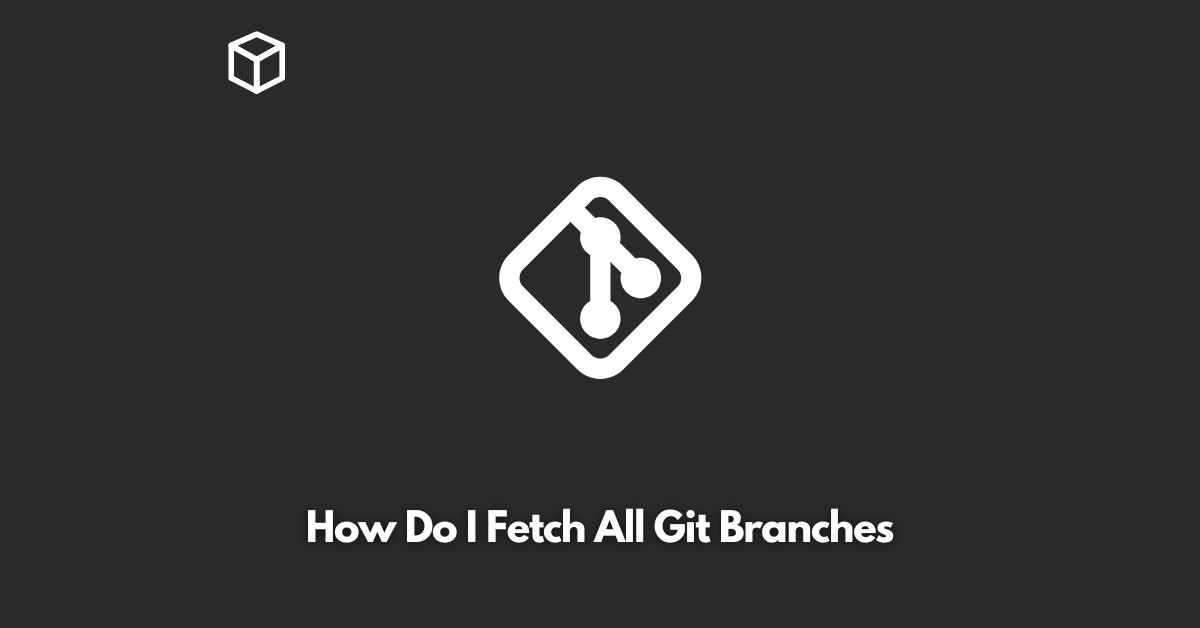Git is a popular version control system used by developers worldwide.
With Git, you can keep track of your code changes, collaborate with other developers, and manage the different versions of your codebase.
One of the essential tasks in Git is to fetch all branches of a project.
This tutorial will guide you on how to fetch all branches in Git with examples.
Understand Branches in Git
A branch in Git represents a separate line of development.
When you create a branch, you are creating a new branch that points to the latest commit on the branch you are currently on.
In Git, you can have multiple branches, and each branch can have its separate changes.
The main branch in Git is known as the master branch.
Why Fetch All Branches?
When you work on a project with other developers, they might push new branches or updates to the codebase.
If you don’t have the latest version of the branches, you might end up facing conflicts while merging your changes with the master branch.
To avoid such scenarios, it’s essential to fetch all branches regularly.
How to Fetch All Branches?
There are two ways to fetch all branches in Git: using the command line interface (CLI) or using a graphical user interface (GUI) client like GitKraken, Sourcetree, etc.
Method 1: Using CLI
To fetch all branches using the CLI, you need to open the terminal and navigate to the project’s root directory.
Once you are in the project’s root directory, you can use the following command to fetch all branches:
git fetch --allThe above command will fetch all the branches present on the remote repository.
Method 2: Using GUI Client
To fetch all branches using a GUI client, you need to follow these steps:
- Launch your Git client and open the project.
- Click on the “Fetch” button or go to the “Remote” menu and select “Fetch.”
- In the “Fetch” dialog box, select “All Branches” or “Fetch All.”
- Click on the “Fetch” button to start the process.
The above steps will fetch all the branches present on the remote repository.
Conclusion
Fetching all branches in Git is a straightforward process, and you can do it using either the CLI or a GUI client.
Regularly fetching all branches helps you keep your codebase up-to-date and avoid conflicts while merging changes with the master branch.
I hope this tutorial has helped you understand the importance of fetching all branches and the steps to do it.




